Home > Climate News >
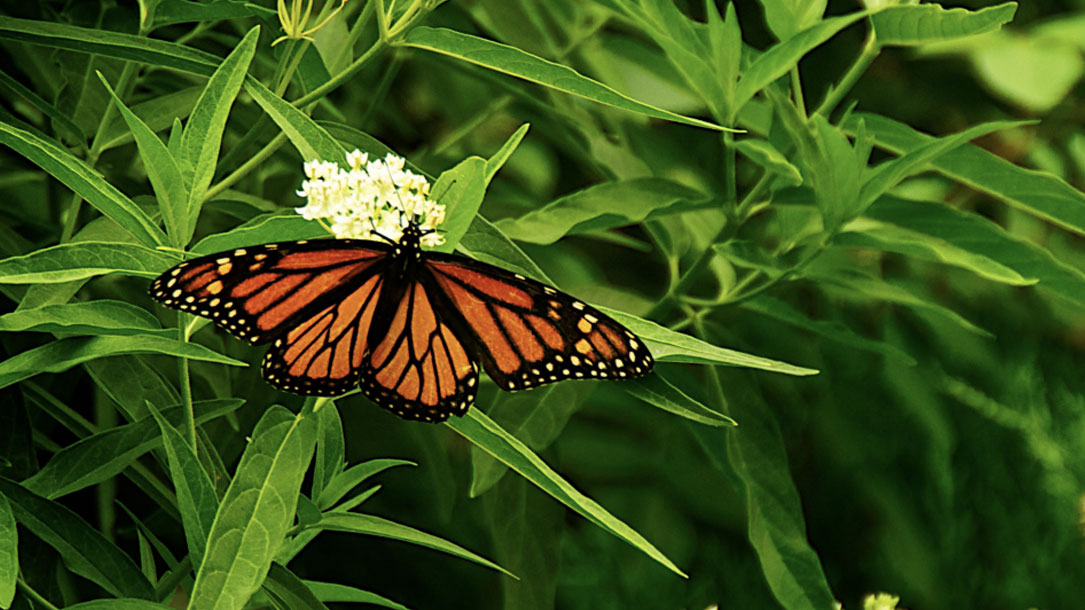
Monarchs and climate change
“Monarch Butterflies are very sensitive to changes in temperature as they rely heavily on this factor to prompt migration, hibernation and reproduction. Thus, changes in temperature due to climate change are expected to influence and potentially disrupt these critical stages of the butterflies’ life cycle…”

Compounded effects of climate change and habitat alteration shift patterns of butterfly diversity
Climate change and habitat destruction have been linked to global declines in vertebrate biodiversity, including mammals, amphibians, birds, and fishes. However, invertebrates make up the vast majority of global species richness, and the combined effects of climate change and land use on invertebrates remain poorly understood…

‘Climate change’ may be a key factor in declining butterfly populations
As Pennisi points out, “butterflies are at risk in open spaces, too.” She writes: “Art Shapiro, an insect ecologist at the University of California, Davis, and colleagues have shown that over the past 35 years, butterflies are disappearing even in pristine protected areas such as the Sierra Nevada mountain range in the western United States”…

Moose in a warming climate
“Moose populations across the northern United States are declining as the climate warms up. You wouldn’t think that a temperature increase of only 1.5 to 2 degrees Fahrenheit would kill a moose, but it appears that it does. In northwestern Minnesota, nearly all the moose have disappeared, and in northeastern Minnesota over 90 percent of the moose calves are dying during some years. Moose hunting is no longer allowed in Minnesota…”
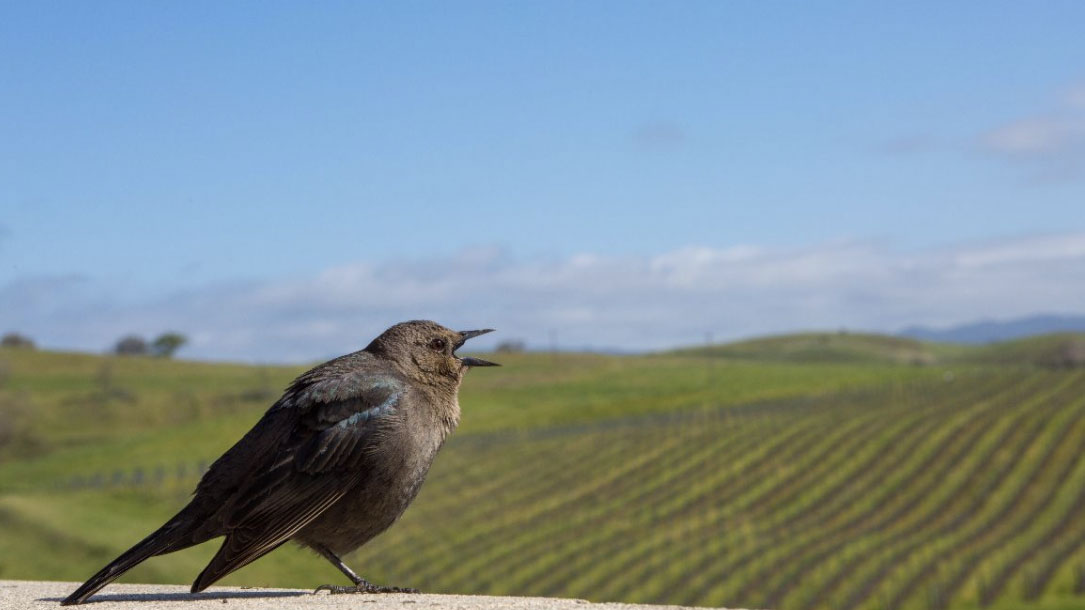
Climate change strategies
The Land Trust of Napa County (LTNC) is actively working to incorporate the challenges and threats posed by climate change into both its land conservation and natural resource management strategies, with a focus on protecting and restoring the ability of our local ecosystems to respond and adapt to warming temperatures. LTNC has dramatically increased its pace of land protection and stewardship throughout Napa County over the last five years to more effectively address these pressing issues…
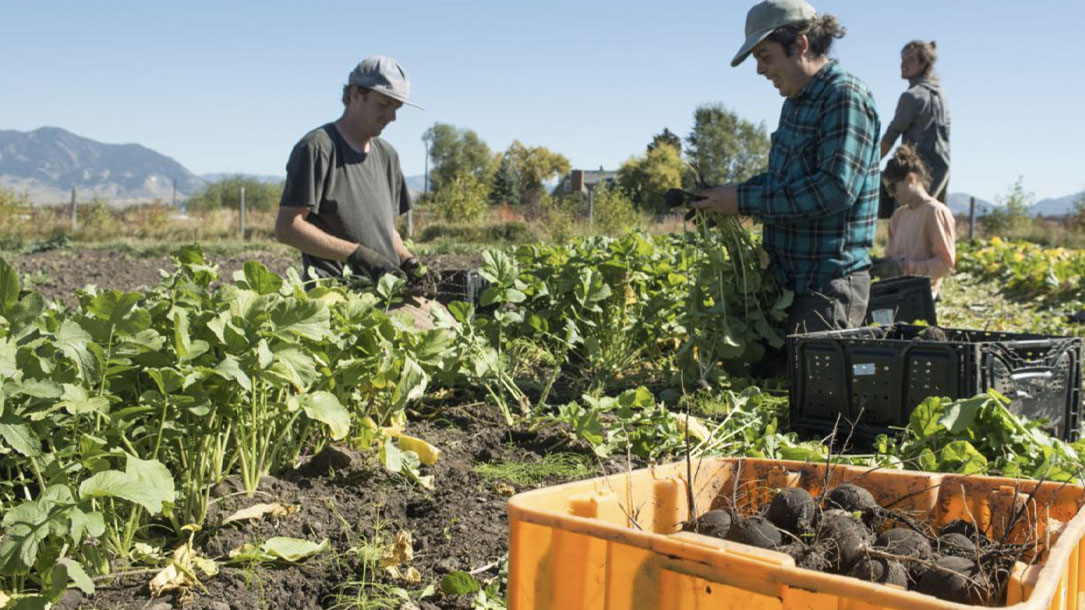
American Farmland Trust calls on the Biden administration to protect and conserve 30% of working farmland and ranchland to achieve 30×30
WASHINGTON, D.C. – Today, American Farmland Trust released “Agriculture’s Role in 30×30: Partnering with Farmers and Ranchers to Protect Land, Biodiversity, and the Climate” outlining agriculture’s critical role in the effort to “conserve at least 30 percent of our lands and waters by 2030” as put forth in the Biden administration’s January 27, 2021, Executive Order on Tackling the Climate Crisis at Home and Abroad. AFT’s recommendations make it clear that we urgently need to both permanently protect five percent of vulnerable working lands from being converted to development and support landowners’ voluntary efforts to implement conservation practices on an additional twenty-five percent of working lands, particularly in biodiversity hotspots, key connectivity corridors and areas with high carbon sequestration potential.

30 x 30: NRDC’S commitment to protect nature and life on earth
“To prevent mass extinctions and bolster resilience to climate change, scientists warn that we must protect at least 30 percent of our lands, rivers, lakes, and wetlands by 2030. At the same time, we must also fully and highly protect at least 30 percent of our oceans by 2030 to help safeguard marine ecosystems and fisheries that provide food, jobs, and cultural sustenance to billions around the world.
We have the tools to create a better, healthier future for our planet—and ourselves—but we must act now…”

Changes in migratory bird patterns likely caused by climate change, study finds
Flowering plants are blooming earlier as a result of climate change, which shifts relationships between birds and their food sources.
Ruby-throated hummingbirds, for example, are arriving at breeding grounds at a different time than the blooming of their traditional food sources. Studies show that hummingbirds are arriving earlier at their breeding grounds than in the early 1900s.
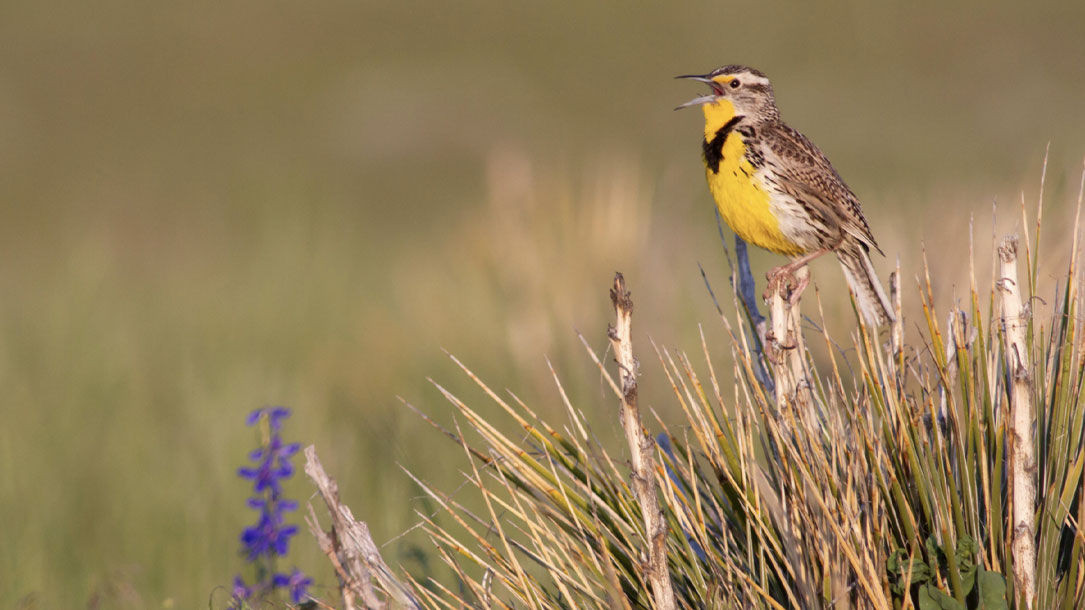
Conservation Ranching: Empowering consumers to make a difference in grassland conservation
“Grassland birds have suffered an unparalleled decline over the past half century, stemming from widespread development of North America’s grasslands. This calls for Audubon’s action. To combat the negative effects of grassland degradations—and to keep grass on the landscape—Audubon has developed the Conservation Ranching Initiative. This market-based conservation approach offers incentives for good grassland stewardship through a certification label on beef products. For the first time, consumers can contribute to grassland conservation efforts by selectively purchasing beef from Audubon-certified farms and ranches…”
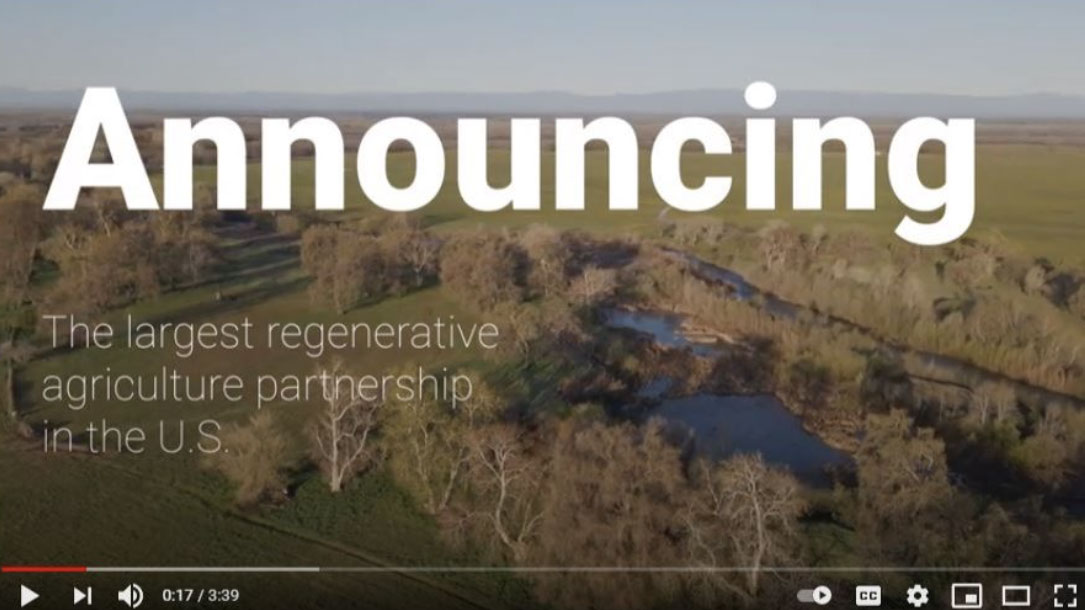
Largest market-based regenerative grasslands partnership in the U.S.
Panorama Organic Grass-Fed Meats to certify one million acres of wildlife habitat with the National Audubon’s Conservation Ranching Initiative.
The Audubon Conservation Ranching Initiative seeks to enhance the stewardship of grasslands for the benefit of birds. Birds have suffered significant decline over the past 50 years due to loss of U.S. grasslands to widespread development.
This initiative empowers consumers to support programs that restore bird populations via conservation practices by selectively purchasing beef nationwide from Audubon-certified farms and ranches, including Panorama Organic and other participating brands. The Audubon certification seal carries broad market appeal among consumers who care about the environment.












